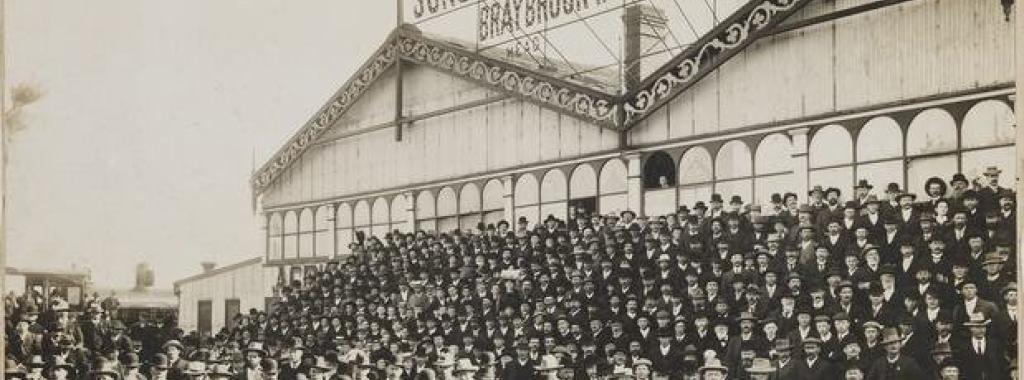This discussion focuses on an important era in the development of key economic and social features of Victoria and Australia.
From the late nineteenth century, Victoria and other states of Australia introduced forms of labour market regulation that created minimum standards, including minimum wages. From federation, the Commonwealth Court of Conciliation and Arbitration from its first famous Harvester judgement by the President of the Court, Higgins, created what he termed a “new province for law and order”.
It is argued that this foundation and expansion of wage regulation became a primary means to address income inequalities, increasing social protections, and reducing direct dependence on state welfare measures.
Understanding the conditions and features that supported this approach is the key to this discussion and evaluating its relevance to the current shape of our social policies.
Format
A facilitated discussion and conversation, where the facilitator, the Honourable Maxine McKew AM, will introduce the topic and call on speakers.
Three speakers will each present a question to the group, which they will then explore in a short presentation. Following the presentations, guests will be invited to participate in a facilitated discussion to further explore the topic.
Speakers and Topics
Professor Marilyn Lake AO, Honorary Professorial Fellow, History, the University of Melbourne
Professor Sean Scalmer, Professor of Australian History, Historical and Philosophical Studies, the University of Melbourne
Dr Liam Byrne, Honorary Fellow, Historical and Philosophical Studies, the University of Melbourne
Background Information
On 21 April 1856, Melbourne's stonemasons ceased working and left their jobs. This action was a protest against their employers' refusal to grant their demand for shorter workdays.
Over the following months, the works engaged in discussions with their bosses and with the government. Eventually, an agreement was reached: the stonemasons would work an eight-hour day while still receiving the same pay they had previously earned for ten hours of work.
This event was significant in setting workplace standards ahead of those available elsewhere in the world at the time. From this time, trade union organisation in Victoria increased, and along with it, political representation of labour. Through these developments came demands for improved standards of work and wages.
These demands were intertwined with other social and economic policies being debated, including tariff protection and immigration restrictions. This set of economic and social policies are significant in shaping Victorian, and then Australian, society.
In the late nineteenth century, Victoria passed the Victorian Factories and Shops Act 1896 to regulate outwork and to set minimum pay rates in specified trades. This legislation, supported by Deakin and Higgins among others, established wages boards which set minimum standards for working conditions and wages for men, women and children.
At the final Melbourne Constitutional Convention, Higgins with Kingston from South Australia (among others) wrote into the constitution the power for the new Australian parliament to legislate for “conciliation and arbitration for the prevention and settlement of industrial disputes extending beyond the limits of any one state”.
In 1904 federal legislation created the Commonwealth Court of Conciliation and Arbitration and in 1906 Deakin appointed Higgins to the High Court, from which position he became the first President of the Court of Conciliation and Arbitration.
In 1907, in his first case in that position, he made what has become known as the Harvester judgement. In it he outlined the basis for a ‘living wage’ for unskilled labourers.
Higgins wrote “I cannot think of any other standard appropriate than the normal needs of the average employee, regarded as a human being living in a civilized community”. He was setting what he believed was a ‘fair and reasonable” wage - a ‘living’ or ‘minimum’ wage.
In so doing, and applying this standard in future judgements, Higgins applied the constitutional power designed to minimise strikes and lockouts to set minimum standards for living for workers in Australia.
Higgins decisions and his promulgation of them were influential in debates in other nations, principally the United States, in shaping progressive approaches to labour market regulation, as Marilyn Lake outlines [Progressive New World: How Settler Colonialism and Transpacific Exchange Shaped American Reform].
The creation of an Antipodean approach to labour market regulation that applied for much of the twentieth century - and still underpins current policy - is one of the keys to understanding the Australian development of social and economic policy.
What are its lessons?

